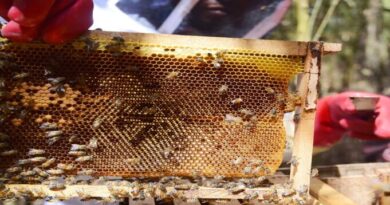Soil scientist addresses crop nutrition at Felixton growers day
SENIOR Soil Scientist, Dr Louis Titshall from the South African Sugar Research Institute spoke at a recent Felixton growers’ day. Titshall focused on fertiliser prices as they have skyrocketed in recent months and there is much instability in the global market.
Titshall said that the high prices and often lack of availability have had many growers asking what can be cut without compromising yields while maintaining profits. Concepts around diminishing returns and flat-pay-off functions when adjusting fertiliser inputs against profits from expected yields were highlighted. Considerations for strategies to adjust and cut nitrogen and potassium inputs were discussed.
Nitrogen
In general crops use nitrogen (N) very inefficiently. Being able to manage applications is key in ensuring better use by the crop – the emphasis being placed on coinciding N supply to crop growth stages and rate of growth. If this can be carefully optimised, an opportunity exists to cut the amount applied, particularly on plant crops and high N category soils.
Splitting applications is one of the key ways N use efficiency is enhanced. Conditions where splitting and cutting has benefit requires leaf sampling and N monitor plots to evaluate if additional N applied will provide benefit. However, it is not advisable to cut the N where crop responses are not carefully monitored. Some conditions, where losses are high such as leaching in sandy soils or poor N application methods, may require the full and sometime additional N to be applied.
Potassium
Potassium applications are largely based on correcting soil levels to meet a calculated threshold that considers soil properties and yield targets. There is seldom if any advantage to applying potassium (K) well in excess of what is advised – the crop won’t respond. Excess K will lead to luxury consumption and increase the ash content of the cane juice, but provide no additional advantage to RV yield. In addition, excess K could also be lost to leaching in sandier soils, and could interfere with calcium (Ca) and magnesium (Mg) uptake.
Some traditional blanket approaches to dealing with K can lead to wasteful expenditure where soil K supplies are adequate. Where soil sampling has not been performed it is anyone’s guess how much K is available to the crop. In these cases one is left with a crop removal replacement approach, but this is generally not very efficient.




